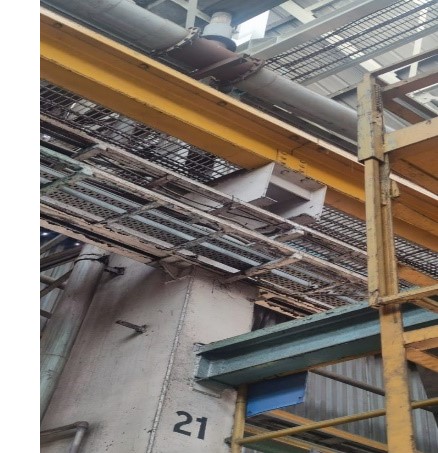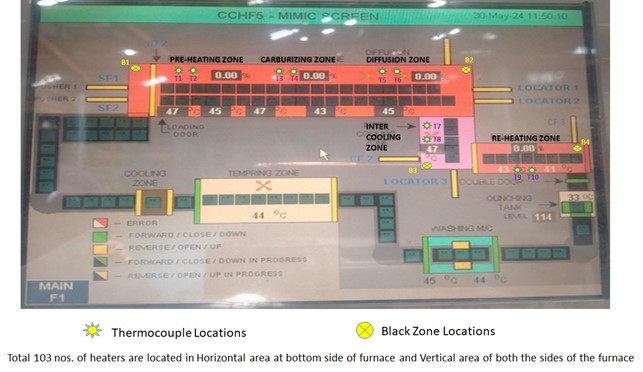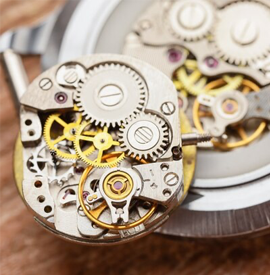Challenges
Enhancing Wire Rod Production: Addressing Conveyor Gaps and Seeking Automated Precision
Short Description:
An automated solution is being sought that can detect the abnormal position of the tail end of wire rod coil with 100% accuracy and correct it without human intervention
Challenge Details
In Wire Rod Mill (WRM) of steel plant the end product is in coil form.The coil is formed at 780 deg C to 900 deg C by a rotating head called laying head positioned at the end of the mill line. The coil is then transferred by Stelmor conveyor for packaging.The tail end of the coil might get misaligned from the rest of the coil (it takes much bigger diameter) heap and get entangled with the other parts of the handling device (refer Figure). This may get stuck in the passage. When this happens, it may end up stopping the production line, causing damage to the finished product.
To avoid the above situation, currently, the tail end is manually set right by a person using a long rod while the red hot coils are moving toward the Stelmor conveyor.
As shown in the figure, the red hot coil is placed on the intermediate conveyor. The finish rolling speed is approximately 80 m/min for 5.5 mm diameter wire and the finished product further goes in to a cooling zone. After coming out of the cooling zone the coil is fed into a vertical mandrel. The front end of the coil is well placed inside the coil diameter by the laying head but the tail end comes out in a haphazard manner. Most of the time, the tail end is outside the coil loop as the conveyor drags the coil. If this is left as it is, it will get entangled while entering in to the vertical mandrel. Therefore the tail end is manually positioned every time.
An operator lifts the tail end and places the tail end inside the formed coil loop. After proper placement of the tail end the operator comes out of the work zone with the tool. All these operations are done while the coil is in motion.
There are two problems associated with this:
- It is a manual and inefficient process
- It is hazardous and not very safe for the operator
The desired solution should (with no humans) first identify the misalignment of the tail end of the coil and then align it to get similar outcome as obtained by the operator manually. A typical solution would have following steps:
- Locating the tail end of the coil
- Holding the end of the coil
- Placing the end of the coil inside the coil loop
- Retracting from work zone
- Be ready for the next coil
- Entire operation is to be done while conveyor is moving and within the work zone
- The time available is a few seconds for the whole process of identifying and correcting the tail end misalignment
- Ensure appropriate safety measures are incorporated which do not end up disrupting the coil laying process.
In addition, there are some constraints as below
- Should be a cost effective solution in terms of initial investment and running cost
- Should not have any manual operation
- Should be fast enough to synchronize with the finish rolling speed of 80 m/s















